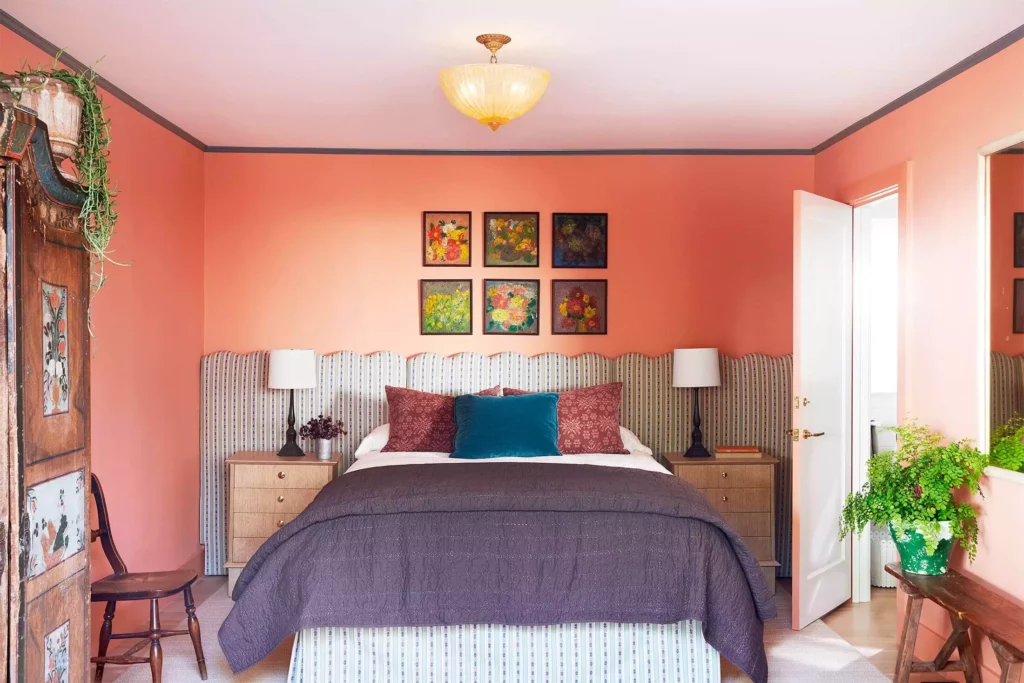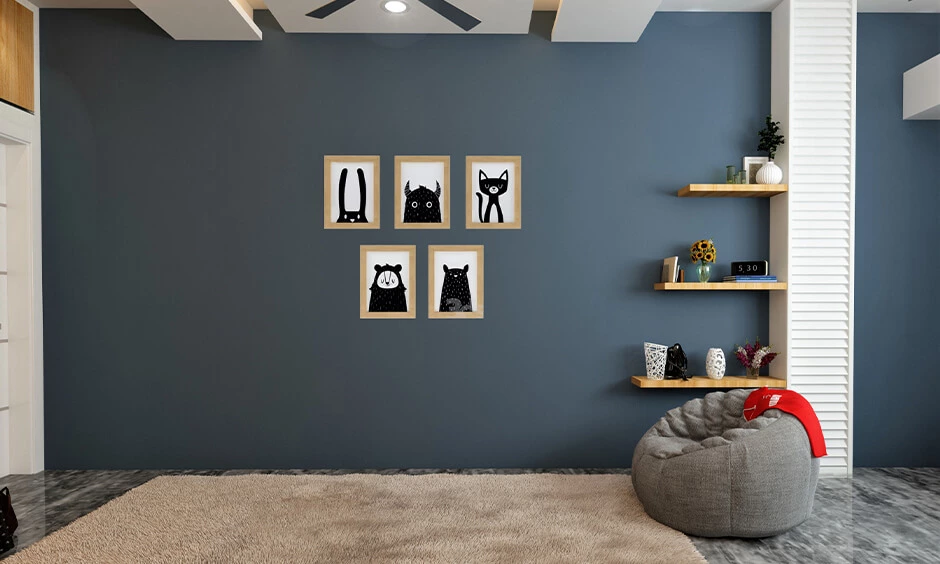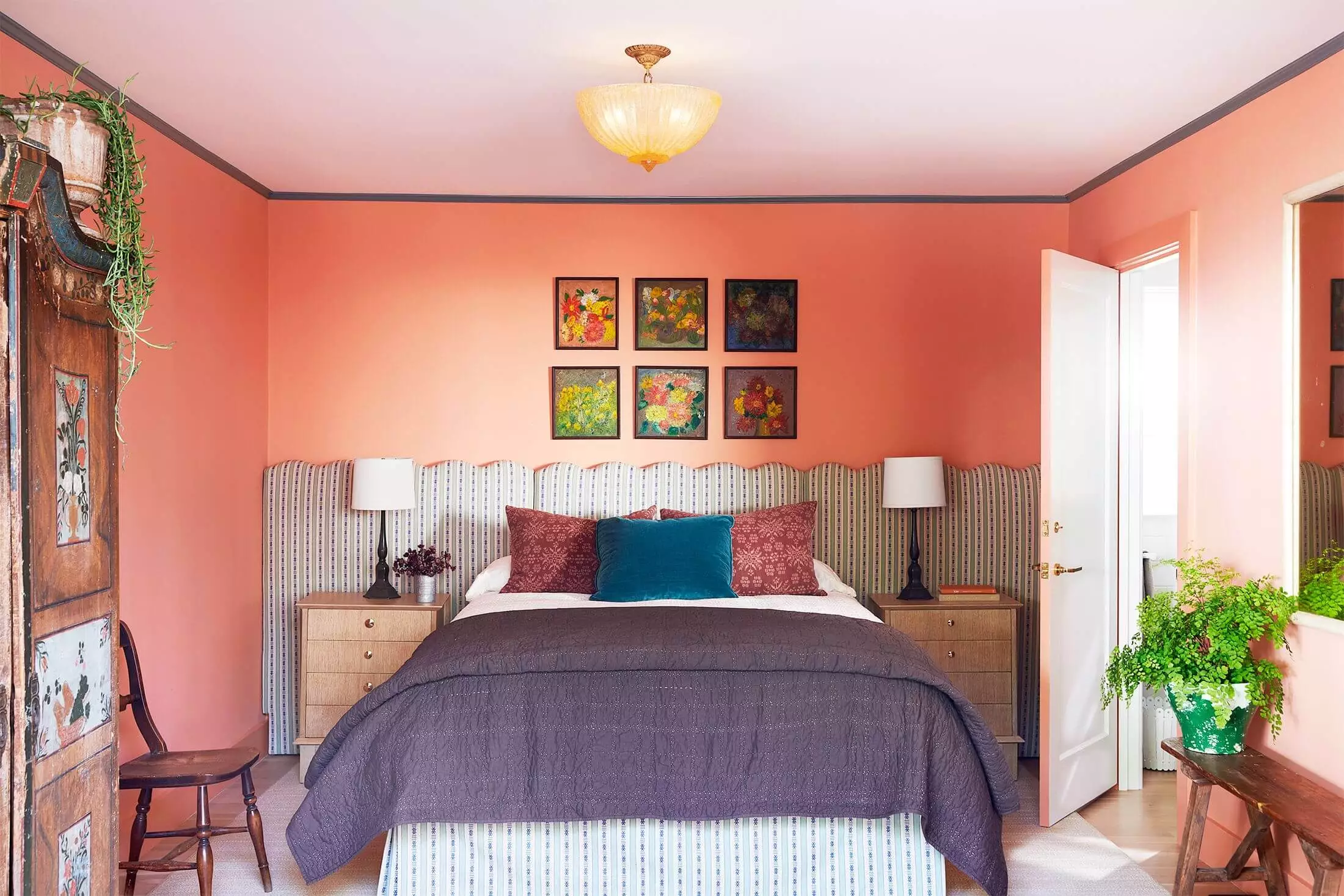
Selecting the perfect paint color for your home can be both exciting and daunting. The color of your walls sets the tone for your entire living space, so making the right choice is crucial. In this guide, we’ll walk you through some expert tips and strategies to help you navigate the world of paint colors and create a harmonious, inviting atmosphere in your home.
Further reading suggestions for you: Home Decorating for Holidays: 10 Festive Ideas for Christmas
Content
Start with an Inspiration Piece
Begin your color journey by selecting an inspirational piece. This could be a piece of artwork, a cherished rug, or even a favorite fabric swatch. These items often contain a palette of colors that you love and can serve as a guide for your paint choices.
Consider the Surrounding Environment

Take a look at your home’s surroundings, both indoors and outdoors. Consider factors such as natural light, adjacent rooms, and architectural elements. These elements can provide valuable clues about which colors will work best in your space.
Use Neutrals to Your Advantage
Neutrals are the unsung heroes of interior design. They provide a versatile backdrop that can complement any color scheme. Start with a neutral base, like a soft gray or warm beige, to create a cohesive look throughout your home.
Create a Cohesive Color Scheme
To maintain harmony in your home, choose a unifying color palette with similar undertones. Whether you opt for cool blues or warm earthy tones, consistency in undertones will help tie your rooms together.
Test Your Paint Colors

Never underestimate the importance of testing your paint colors before committing. Paint a small section of your wall or use sample boards to see how the color appears in various lighting conditions. This step is crucial in avoiding costly mistakes.
Use the 60-30-10 Rule
Achieving a balanced color scheme is easy with the 60-30-10 rule. Choose one dominant color (60%), a secondary color (30%), and an accent color (10%) to create visual interest and depth in your home’s decor.
Consider the Mood
Each room in your home has a unique purpose, and the colors you choose should reflect that. Consider the mood you want to create in each space. For instance, soft blues or greens can promote relaxation in a bedroom, while vibrant reds can energize a kitchen.
Recommended for you: How to Update Your Kitchen for Under $1,000
Use Color to Define Spaces:
Colors can be used strategically to define different areas in your home. Experiment with darker hues in dining rooms or cozy reading nooks to create intimate, distinct spaces within your larger living area.
By following these expert tips, you can confidently choose the right paint color for your home. Remember, patience is key, and testing your colors beforehand will save you time and effort in the long run. With careful planning and a touch of creativity, you’ll transform your living spaces into a beautifully cohesive and inviting haven.
FAQs:
How can I prevent common paint color mistakes when choosing for my home?
To avoid common paint color mistakes, start by considering your inspiration piece, test paint colors in different lighting, and ensure your chosen colors match the mood and function of each room.
What are some versatile neutral paint colors that work well in most homes?
Some versatile neutral paint colors include soft gray, warm beige, and creamy white. These shades serve as excellent base colors and can complement a wide range of color schemes and decor styles.

I am Jeffrey Blain and my love is writing about home improvement. I write mostly about home ideas, but also share some tips and tricks that can make your life easier when it comes to getting things done in the house.


